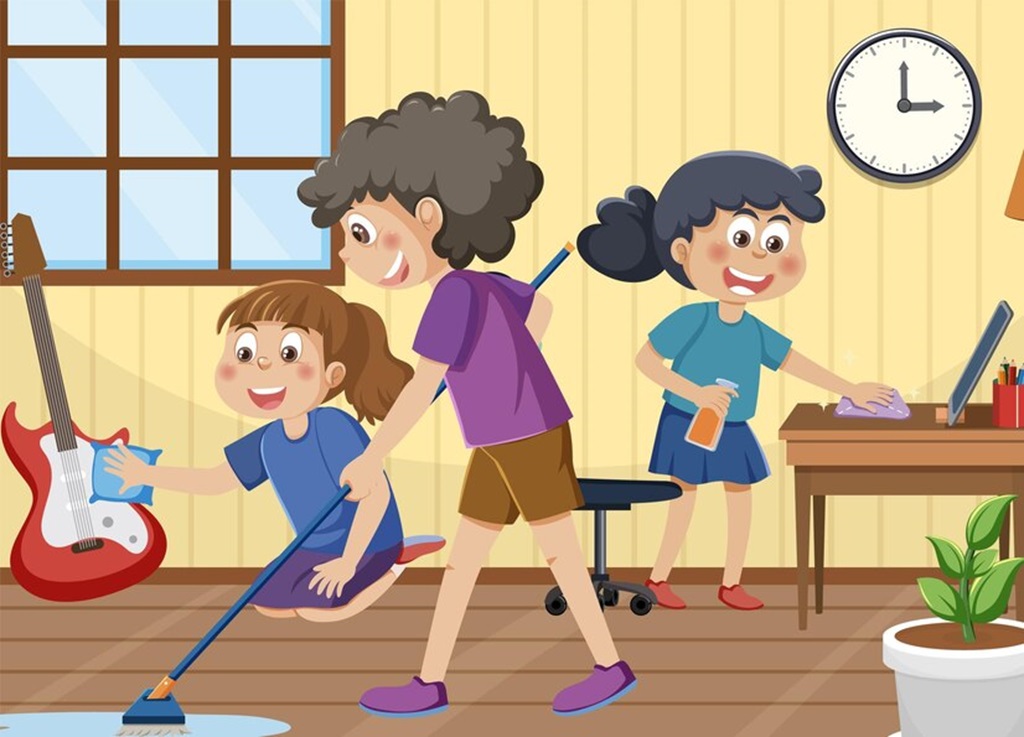Top 10 Clean Songs for School: Uplifting, Fun, and Positive Tunes for Students
Music plays a transformative role in the learning environment. From enhancing concentration to sparking creativity, it offers a universal way to connect and inspire students. Whether for a class activity, a school event, or a casual listening session, choosing clean songs for school ensures a positive, age-appropriate atmosphere. Let’s explore how to curate the perfect playlist for students while adhering to modern standards of clean, engaging music.
As educators or parents, it’s crucial to balance fun with responsibility. Thankfully, Ashleesimpsonmusic provides resources to discover modern, uplifting tracks. Below, we delve into the best practices for selecting clean songs, the importance of their inclusion, and a comprehensive list of recommended tracks.
What Are Clean Songs for School?
Clean songs for school refer to tracks free of explicit language, harmful themes, or inappropriate messaging. They often emphasize positivity, inclusivity, and universal appeal. These songs align with educational values, creating a safe and engaging environment for young minds.
For example, classic hits like “Don’t Stop Believin’” by Journey or contemporary tracks such as “Happy” by Pharrell Williams embody optimism and energy, making them ideal for school settings.
Why Clean Songs Matter in Education
- Enhancing Focus and Morale: Studies by the National Education Association indicate that positive music can increase concentration and improve student morale by 34%.
- Promoting Inclusivity: Clean songs encourage inclusivity, ensuring all students feel comfortable regardless of age or background.
- Reinforcing Positive Messaging: Songs with uplifting lyrics help instill values like kindness, perseverance, and teamwork.
Crafting the Ultimate Playlist for Schools
Creating a playlist isn’t just about finding songs free from explicit content. It’s also about maintaining a tone that energizes and inspires students. For instance, upbeat rhythms can lift spirits during morning assemblies, while calm melodies work wonders during reading or mindfulness activities.
Key Characteristics of Ideal School Songs
- Relatable Themes: Songs about friendship, growth, and adventure resonate strongly with students.
- Catchy Tunes: Tracks with memorable melodies and lyrics ensure greater engagement.
- Versatility: Playlists should cater to diverse occasions, from sports days to classroom relaxation.
Some recommended tracks include:
- “Can’t Stop the Feeling!” by Justin Timberlake
- “Roar” by Katy Perry
- “We’re All in This Together” from High School Musical
Exploring Genres for School-Appropriate Music
Music genres hold significant sway over how students perceive and engage with content. From pop to folk, there’s a vast array of options suitable for schools.
Pop Hits: Energetic and Uplifting
Pop music remains a favorite among students. Tracks like “Shake It Off” by Taylor Swift offer infectious beats and motivational messages. The genre is perfect for school dances or celebrations.
Folk and Acoustic: Calming and Grounded
Folk songs such as “Here Comes the Sun” by The Beatles create a peaceful ambiance. These are ideal for activities like meditation or art classes.
Modern Songs with Baby in the Title
For unique playlist ideas, consider modern songs with baby in the title. These often feature playful lyrics and catchy rhythms, making them fun additions to any school music collection.
How Music Enhances Classroom Activities
Music doesn’t just entertain; it also enriches the learning experience. Research from the Journal of Educational Psychology suggests that classrooms incorporating music see a 20% improvement in cognitive retention among students.
Examples of Music-Integrated Activities
- Math Jingles: Using songs to memorize multiplication tables.
- Literary Themes: Pairing novels with corresponding soundtracks for deeper engagement.
- Physical Education: High-energy tracks to motivate students during gym sessions.
Imagine a PE class energized by “Eye of the Tiger” or a history lesson enriched by ballads like “We Didn’t Start the Fire” by Billy Joel. Such integrations make learning immersive and enjoyable.
Benefits of Music in School Assemblies
School assemblies set the tone for the day, and music plays a pivotal role in unifying students. By incorporating clean, upbeat songs, educators can foster a sense of community.
Top Songs for Assemblies
- “Count on Me” by Bruno Mars
- “What a Wonderful World” by Louis Armstrong
- “Imagine” by John Lennon
Each of these tracks carries a message of hope, love, and solidarity, aligning perfectly with school values.
Navigating Licensing and Permissions
When using music in schools, it’s essential to respect copyright laws. Educational institutions often qualify for special licenses, allowing them to play copyrighted songs without infringing legal terms.
Steps for Compliance
- Check Licensing Requirements: Services like ASCAP or BMI provide affordable options for schools.
- Opt for Royalty-Free Music: Platforms such as Free Music Archive offer extensive libraries of school-friendly tracks.
- Use Streaming Services: Platforms like Spotify or Apple Music offer curated playlists under appropriate licensing terms.
Encouraging Student Participation in Music Selection

Engaging students in choosing songs for their school playlist not only boosts enthusiasm but also ensures relatability. Educators can introduce activities like “Music Mondays,” where students nominate their favorite clean tracks for the week.
Related: Self-Care Sundays: A Soundtrack for Your Soul
Advantages of Student-Led Playlists
- Increased Engagement: Students feel more connected to the music they’ve personally selected.
- Improved Teamwork: Collaborative playlist creation fosters a sense of community.
Addressing Challenges in Song Selection
Despite the abundance of clean songs, challenges may arise. For instance, balancing differing musical tastes or ensuring inclusivity in selections can be tricky.
Here are the solutions:
Solution-Oriented Tips
- Surveys: Conduct polls to gauge musical preferences.
- Rotational Playlists: Alternate genres weekly to accommodate varied tastes.
- Open Dialogue: Encourage students to voice opinions while explaining the importance of clean content.
Conclusion
Selecting clean songs for school goes beyond avoiding explicit lyrics. It’s about curating an experience that fosters joy, creativity, and learning. By incorporating diverse genres, respecting legal requirements, and engaging students in the process, schools can create an environment where music becomes a powerful educational tool.
















